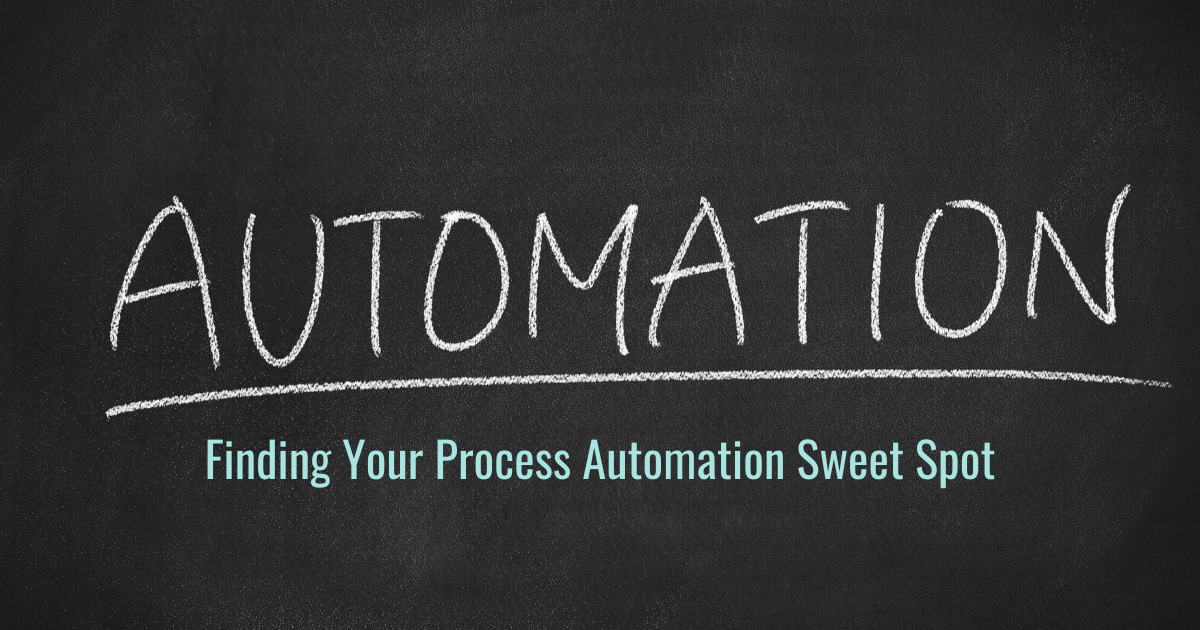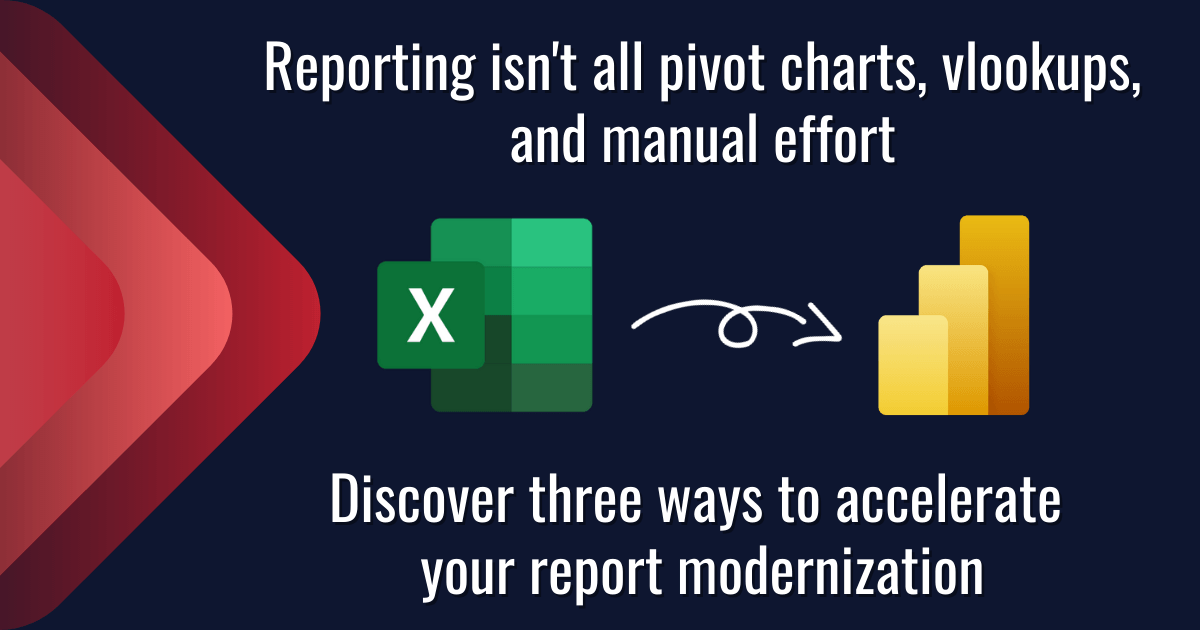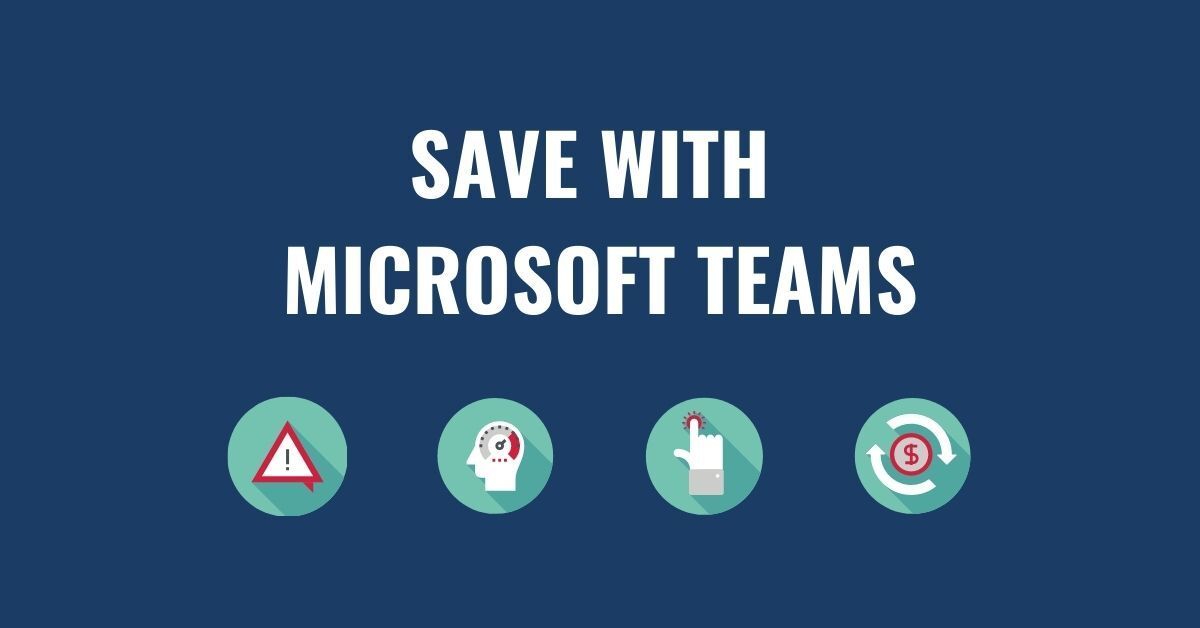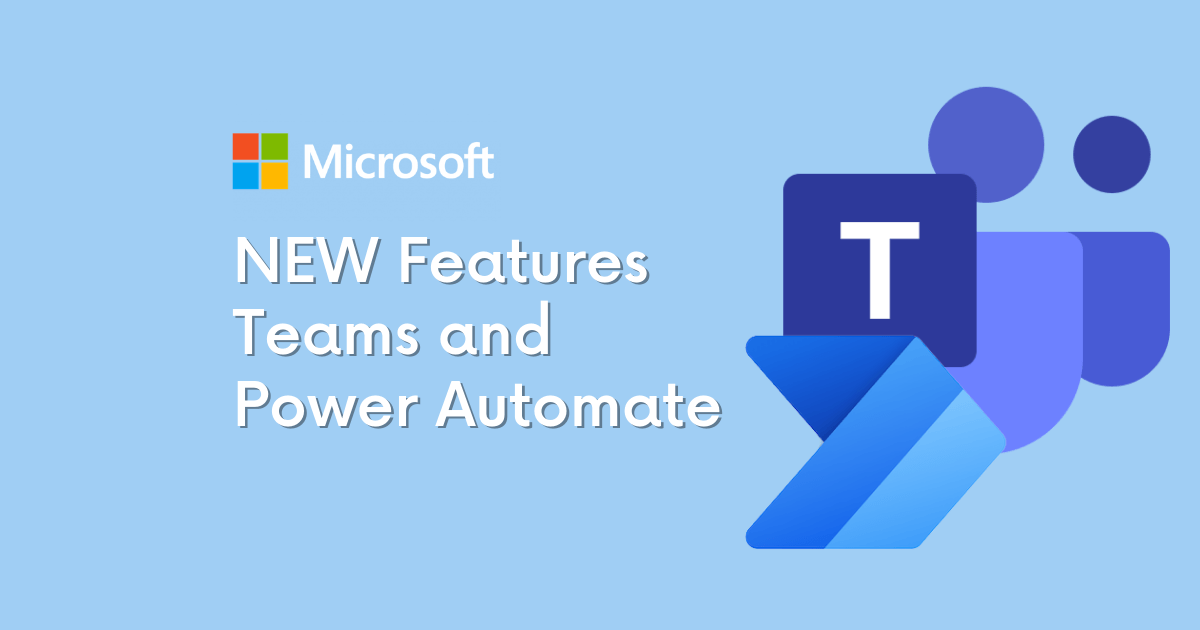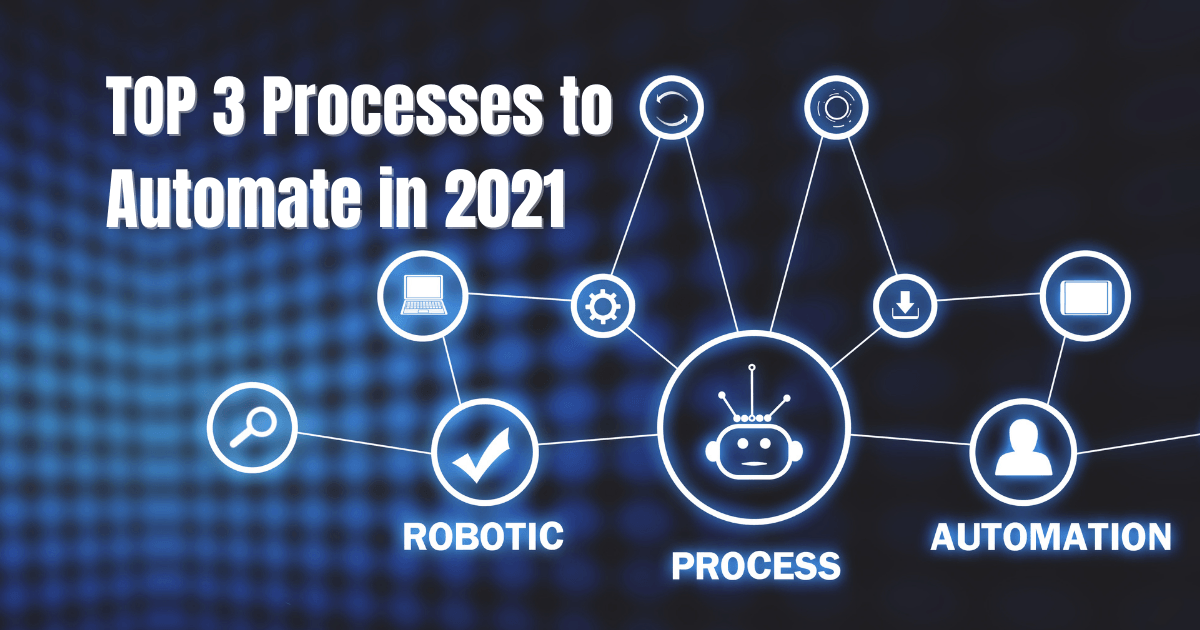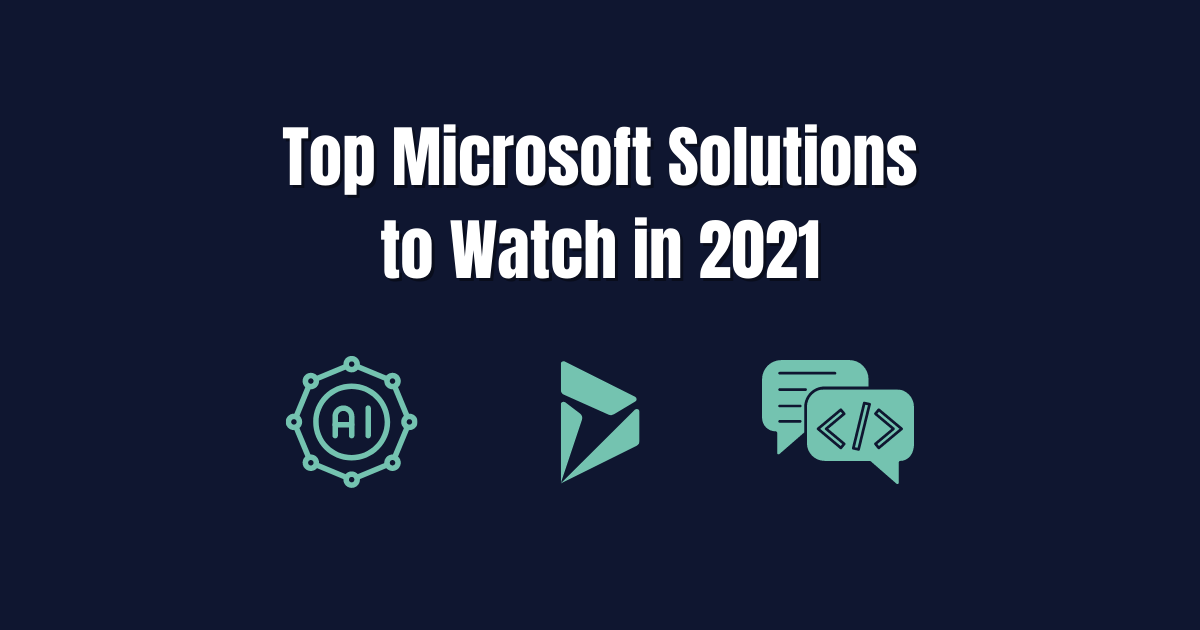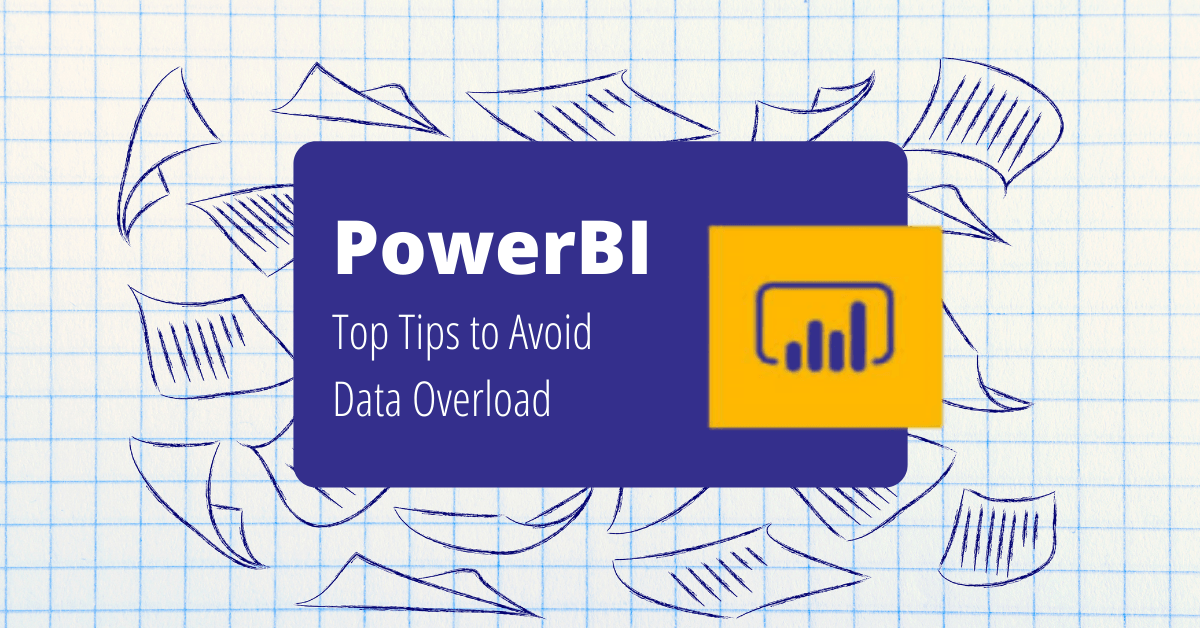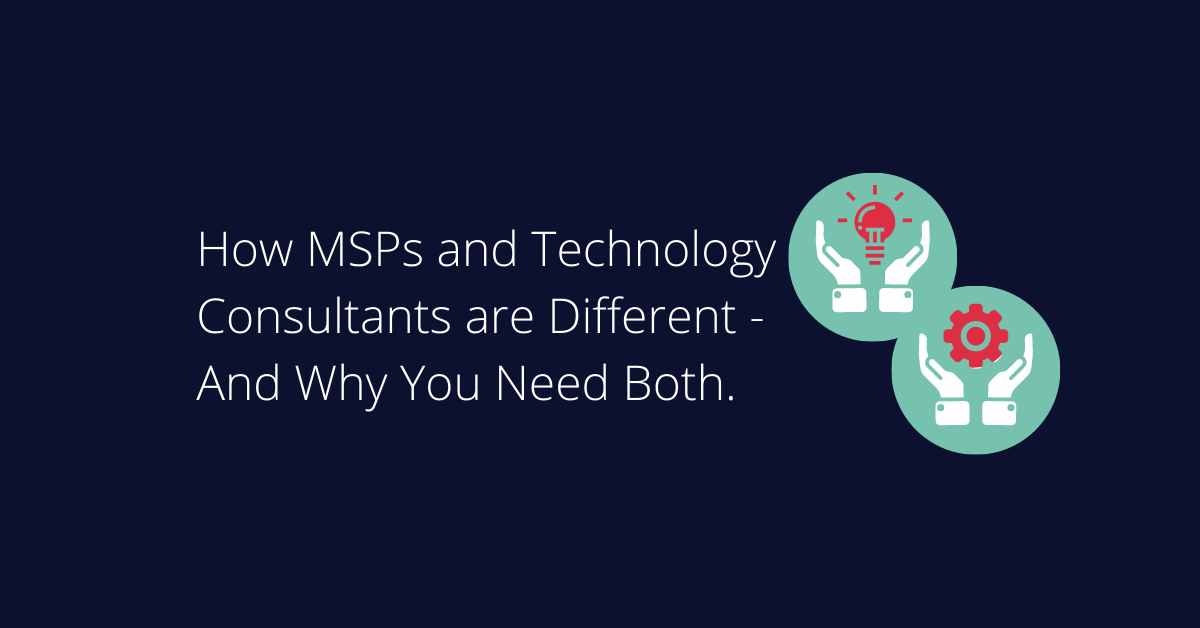“Fraud Week” is spearheaded by the Association of Certified Fraud Examiners (ACFE), who estimates businesses lose 5 percent of their revenue each year due to fraud. While fraud defense is certainly important all year long, Fraud Week is a chance to shine light on the issue and spread key strategies you to protect your business. No matter your business size, everyone is at risk to fraudulent activities.
Businesses with fewer than 100 employees lose almost twice as much as businesses with >100 employees. These smaller businesses generally have less robust anti-fraud controls, if any, and are therefore more vulnerable.
The good news? Fraud is generally predictable, and once recognized you can take the appropriate steps to limit your exposure to losses. According to ACFE studies, 85% of cases displayed at least one red flag behavior by the fraud perpetrator, and in 50% of cases there were multiple red flags.


